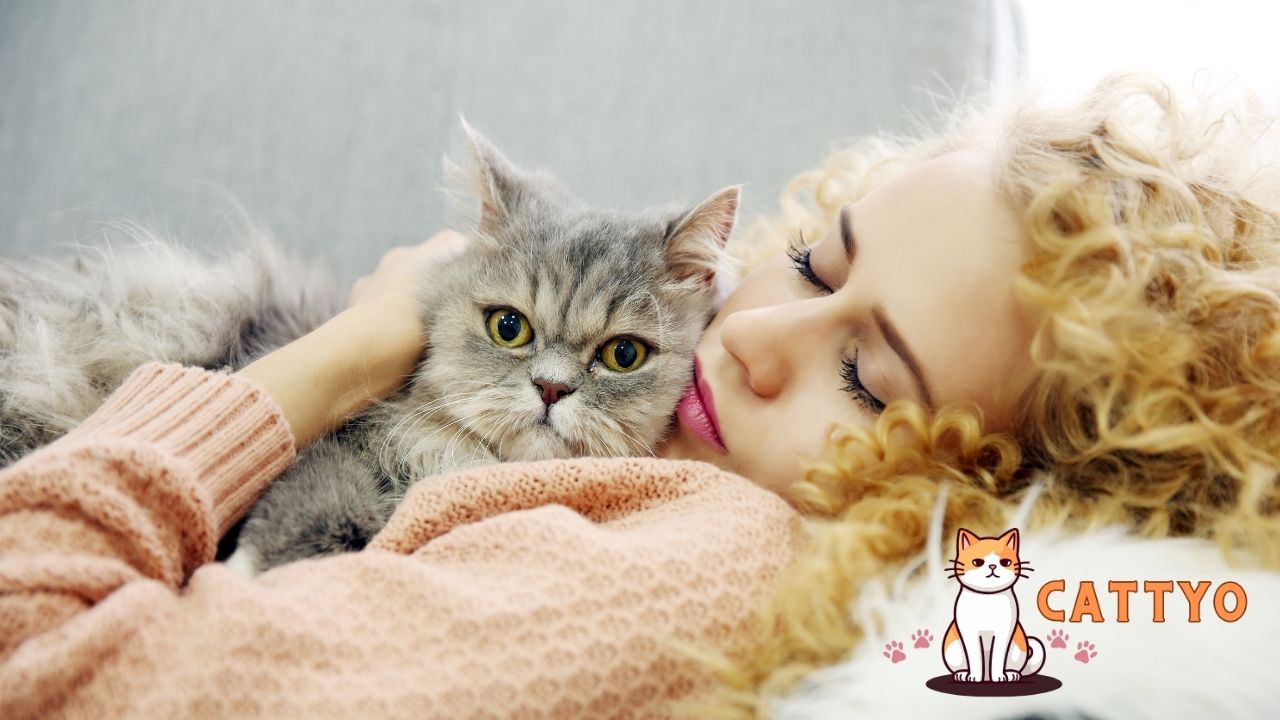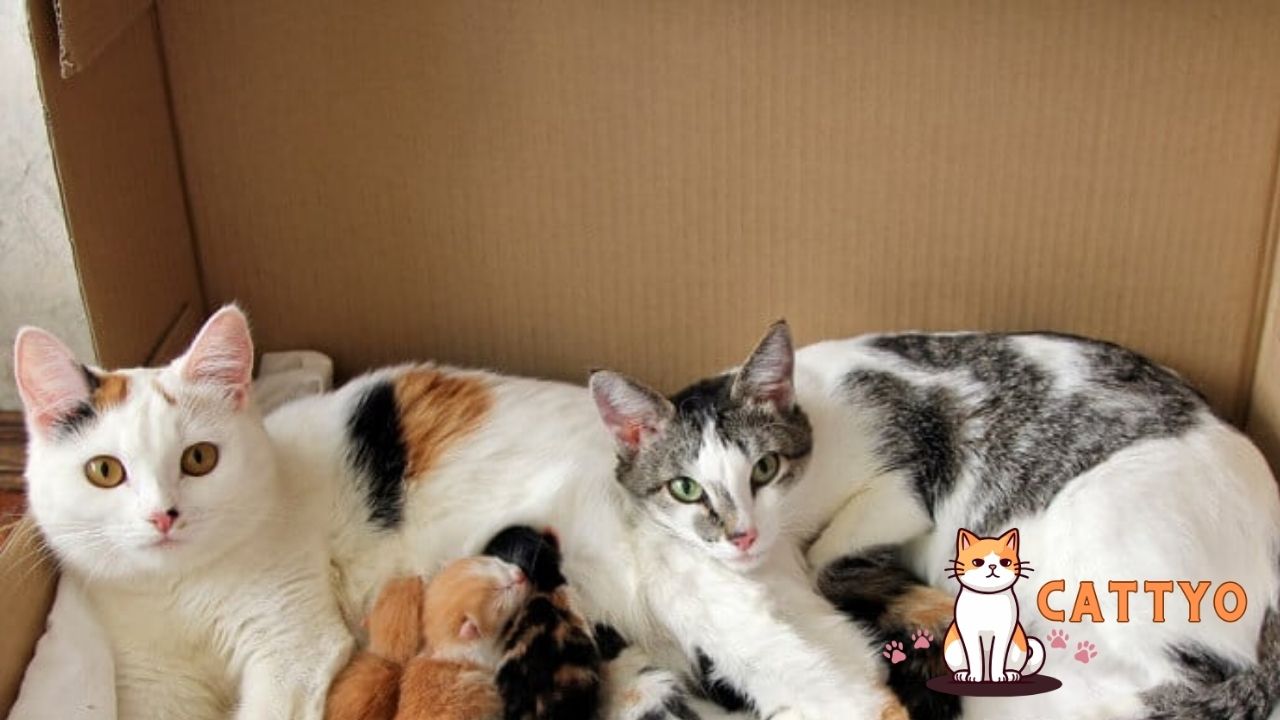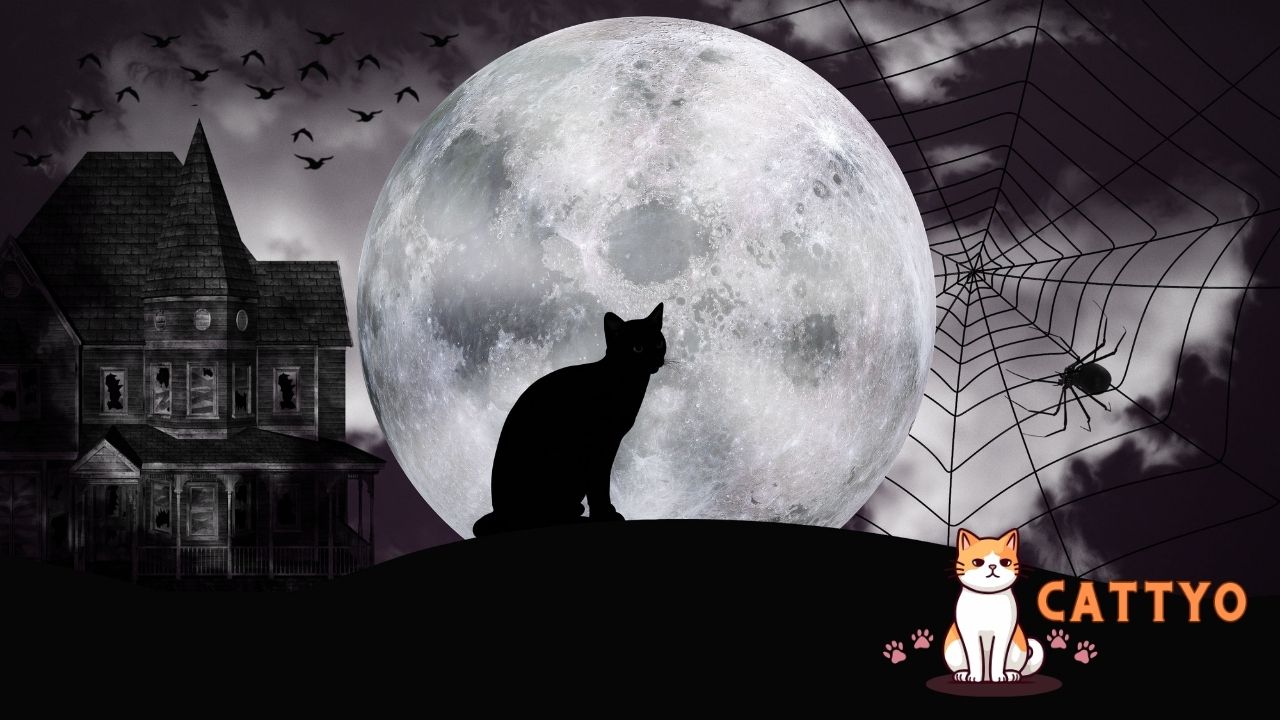If you’ve been keeping up with the news, you might have heard about a “new cat disease” making the rounds. First off, don’t panic! It’s not the end of the world. But as with all things pet-related, when there’s something strange happening in the animal world, it’s worth paying attention. So, what’s the deal? Is this some kind of mysterious outbreak, or is it just another scare?
Let’s break it down in a way that’s not all doom and gloom, but also serious enough to make sure you stay informed about your feline friends’ health.
What Is the New Cat Disease?
A new disease affecting cats has recently been making headlines, with emerging cases raising concerns among pet owners and veterinarians. While details are still developing, this illness has been linked to a previously unrecognized pathogen, affecting cats’ health in various ways. It is crucial for cat owners to stay informed about the disease’s symptoms and preventive measures.
- Emerging Disease: A new illness has been identified, though it is still under study by experts.
- Cause: The disease may be caused by a previously unknown virus or bacteria, though more research is needed.
- Symptoms: Early symptoms could include lethargy, loss of appetite, fever, respiratory issues, and digestive problems.
- Transmission: It may spread through contact with infected animals, though more details are being studied.
- Prevention: Keeping cats indoors, ensuring vaccinations are up to date, and practicing good hygiene can help prevent the disease.
- Veterinary Care: Immediate consultation with a vet is advised if symptoms appear.
The Scoop on the New Cat Disease
The new cat disease is officially known as Feline Hemorrhagic Enteritis (FHE), and it’s been showing up in various places. Some people are calling it a “mystery illness,” but it’s not really a mystery to veterinarians.
This disease is caused by a strain of a virus—a kind of bug that your cat’s immune system doesn’t quite know how to fight off. And if you’ve ever had a sick cat, you know that’s a pretty scary thing.
Now, before you imagine your precious kitty suddenly falling ill out of nowhere, let’s put some things into perspective. FHE is still relatively rare, and not every cat is going to catch it.
But, just like any viral infection, it can spread under certain conditions—like if your cat has been in contact with other infected cats or if they have weakened immune systems. So, how does this disease show up?
Symptoms to Watch For
Here’s where it gets tricky—FHE doesn’t exactly announce itself with a big red flag. It can be sneaky, and by the time you notice symptoms, things might be more advanced than you’d like.
- Sudden lethargy: Your usually playful kitty suddenly decides to nap all day? Might be worth checking into.
- Vomiting and diarrhea: A combination that should never be ignored.
- Fever and loss of appetite: Your cat’s favorite food no longer excites them? Definitely a red flag.
- Abdominal discomfort: Cats are pretty good at hiding their pain, but if they’re hunched or seem to flinch when touched, it could indicate discomfort.
If you notice any of these signs, don’t wait. A trip to the vet is essential.
How Does a Cat Get This Disease?
You might be wondering, “Okay, but how does my cat catch it?” It’s a good question. Like a lot of viral infections, the disease spreads through contact with an infected cat’s bodily fluids—think saliva, urine, or poop.
It’s not something you’re likely to catch yourself, so don’t worry about that. But if your cat is hanging out with other cats in shelters or boarding places, that’s where the risk goes up.
One thing to keep in mind is that it’s still not clear how easily this disease spreads. We know it’s contagious, but exactly how much contact is needed to pass it on is still a bit of a mystery. If your cat stays indoors and doesn’t interact with other kitties, the chances are much lower.
Treatment and Prevention: What You Can Do
Alright, let’s talk about hope. If your cat does catch FHE, treatment isn’t a walk in the park, but it’s not hopeless either. Early intervention can make a huge difference.
Veterinarians typically treat the disease with antiviral medications, fluids to keep them hydrated, and sometimes antibiotics if there’s a secondary infection. But the key here is getting help as soon as possible.
Now, you might be asking, How can I prevent my cat from getting this?” Well, the best thing you can do is keep them away from potential sources of infection.
That means minimizing exposure to unknown or sick cats and ensuring they’re up to date on vaccinations and regular checkups. And, of course, keeping an eye out for symptoms will give you a head start if something goes wrong.
Can I Catch It?
Here’s the million-dollar question: Can humans get this disease? No, FHE is not a zoonotic disease, meaning it doesn’t pass from cats to humans. So, you’re safe on that front.
But if your cat is sick, it’s a good idea to practice good hygiene—wash your hands regularly, clean their litter box with gloves, and so on. Just to be extra cautious.
The Bigger Picture: Are We Heading Toward a Cat Pandemic?
Okay, let’s hit pause for a sec. Are we on the brink of a global cat pandemic? Absolutely not.
While it’s important to stay informed, FHE doesn’t appear to be spreading like wildfire. In fact, this disease is still relatively rare compared to other more well-known cat illnesses, like feline leukemia or FIV.
But here’s the thing: As much as we love our furballs, we have to stay on top of any health risks, new or old. By being vigilant, keeping up with vet visits, and paying attention to changes in your cat’s behavior, you’re already one step ahead.
Quick Table Of Key Points on Feline Hemorrhagic Enteritis (FHE)
Feline Hemorrhagic Enteritis (FHE) is a serious and often fatal condition affecting cats, primarily caused by a viral infection. It leads to severe gastrointestinal symptoms, including bloody diarrhea and vomiting.
The disease is most common in kittens and immunocompromised cats. Timely veterinary care is crucial, and vaccination is the best form of prevention.
| Symptom | Description |
|---|---|
| Sudden lethargy | Your cat is suddenly very tired and unresponsive. |
| Vomiting and diarrhea | A mix that could signal something serious. |
| Fever and loss of appetite | When food just doesn’t seem appealing. |
| Abdominal discomfort | Your cat may flinch or react when touched. |
Frequently Asked Questions (FAQ)
Q1: Can my indoor cat get FHE?
Yes, but it’s much less likely. If your cat is strictly indoors and doesn’t interact with other animals, the risk is minimal.
Q2: Is FHE fatal?
If untreated, FHE can be deadly, but with early detection and proper treatment, many cats recover. That’s why it’s so important to act quickly if you notice symptoms.
Q3: How can I reduce the risk?
Vaccination, keeping your cat indoors or away from sick animals, and regular vet visits are the best ways to minimize the risk.
Q4: Is this disease common?
No, FHE is still considered relatively rare, but it’s worth being aware of, especially if your cat spends time around other cats.
Final Thoughts
So, is this “new cat disease” something to freak out about? Probably not. But like any health scare, it’s best to stay informed and keep an eye on your feline’s well-being.
Cats are such an important part of our lives—our furry companions who bring joy and comfort. The last thing we want is for them to get sick, but with the right precautions and knowledge, we can help them stay healthy.
If you have any concerns, don’t hesitate to reach out to your vet. After all, they’re the professionals when it comes to your cat’s health. Stay safe, stay informed, and give your cat an extra belly rub from me!





